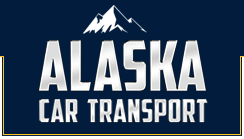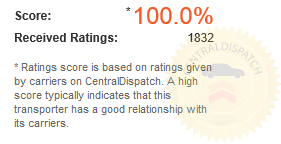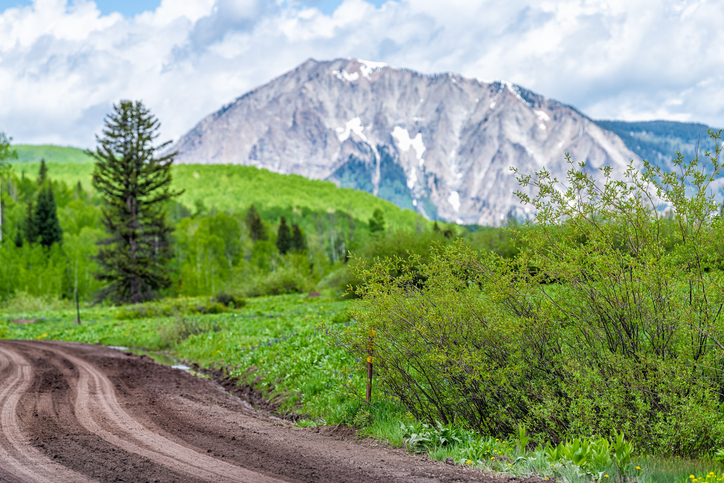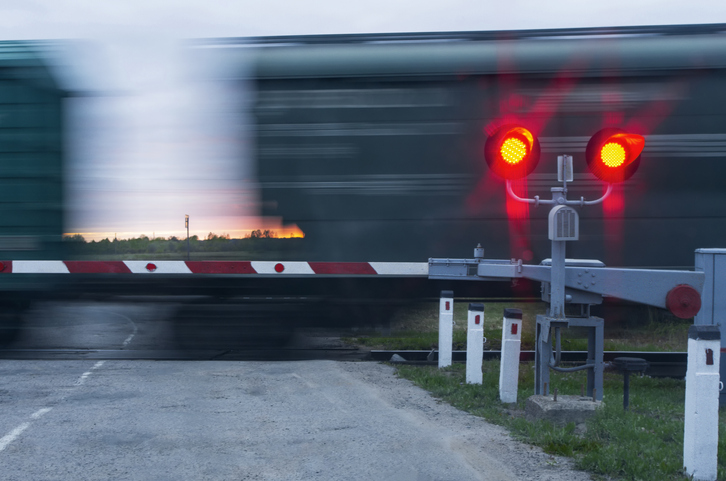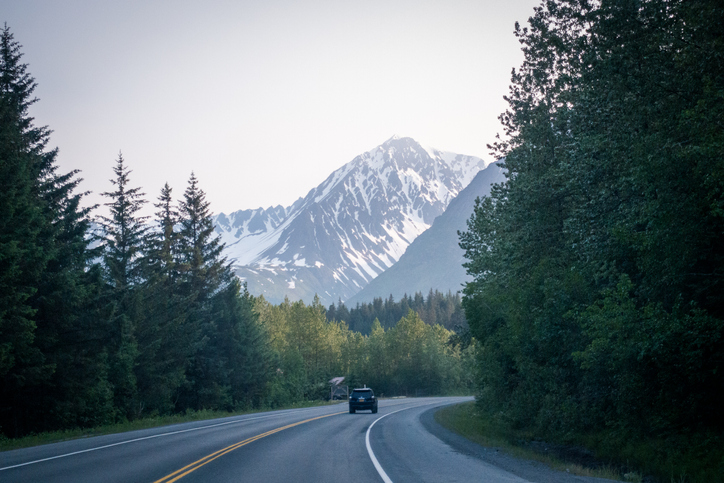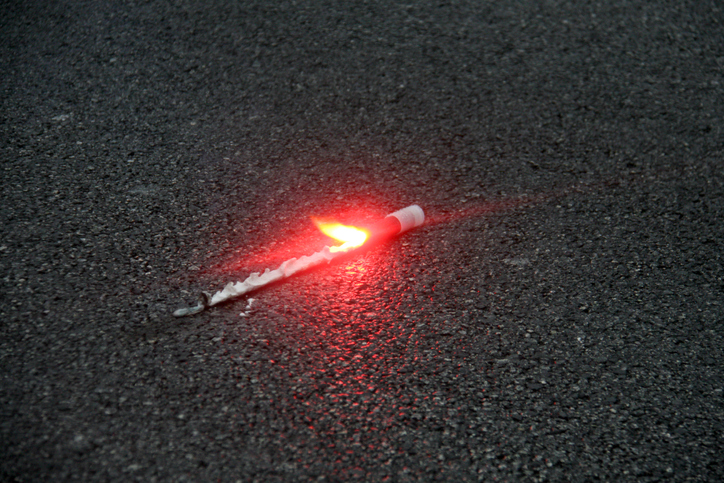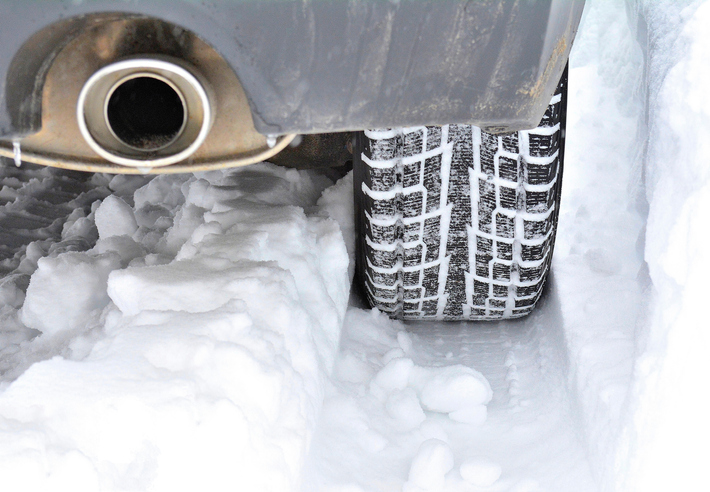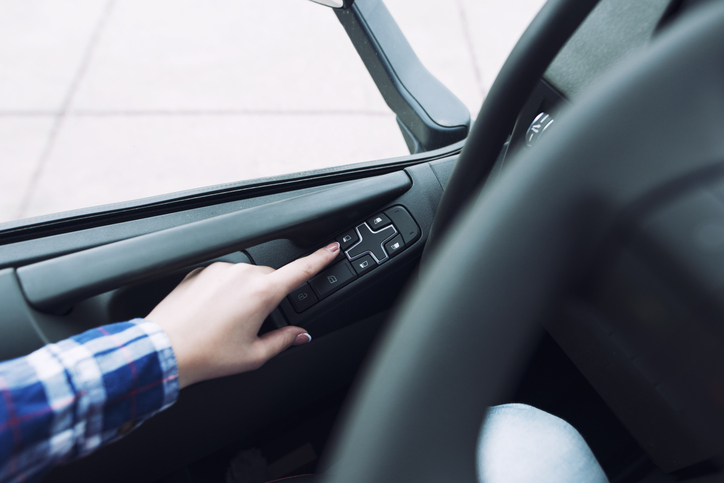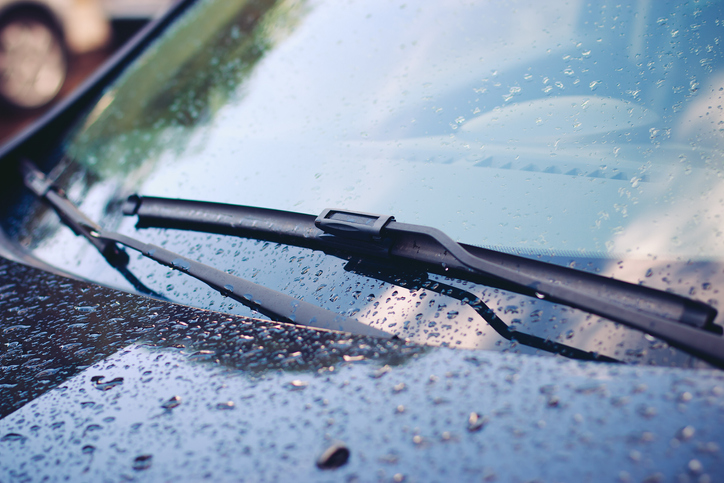Pros and cons of having a remote starter
What does a remote starter cost?
Final word
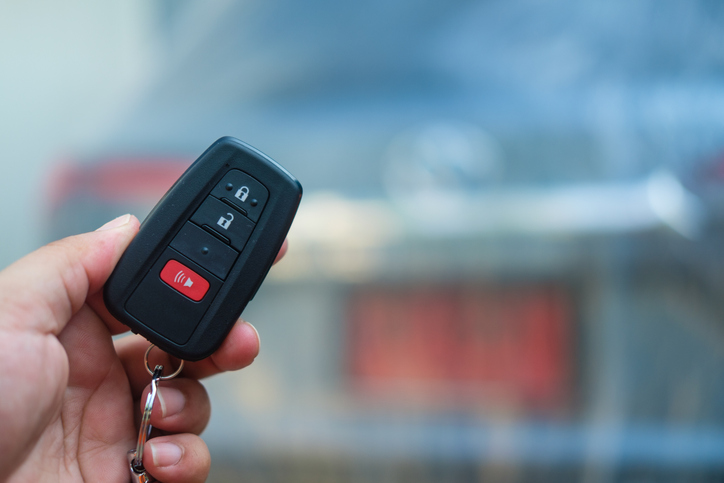
Pros and cons of having a remote starter
A remote starter is a device that will allow you to start your car from the comfort of your home or from just about anywhere within a few hundred feet. Typically, people get a remote starter installed in their vehicle in order to be able to “warm up” their car when it is cold out. This can obviously be quite useful in a place such as Alaska. However, there are additional benefits as well as several drawbacks to getting a remote starter for your car.
The pros of getting a remote starter for your car:
- You can warm up your car before you go outside – In freezing temperatures, your car will be room temperature or warmer by the time you jump in to start driving.
- It will automatically shut off – If you have ever left your car running with your keys in the ignition, odds are you probably did so for much longer than ten minutes at some point. With a remote starter, your car will automatically shut off after a predetermined interval such as fifteen minutes.
- You can keep your car locked while it runs – If you ever wanted to run into the store quick while a passenger or pet waited in your car, you probably worried about leaving the keys in the ignition not only because that makes theft much easier but also because you cannot lock your doors in that instance. A remote starter will let you run your car with your doors locked and your keys in your pocket.
- Idling laws make an exception for remote starters – If you leave your car running with your keys in the ignition and you are not in the car, in many states, you can be ticketed for violating idling laws. However, these rules typically make exceptions for remote starters, and this absolutely holds true in Alaska.
The cons of getting a remote starter for your car:
- The overall price can be high – As you will see below, the overall cost of a remote starter will be several hundred dollars after installation is factored in.
- It wastes a lot of gas – You will be burning through a considerable amount of gas which, over time, will be quite expensive.
- You are contributing to pollution – Unless you drive an electric vehicle of some kind, you will be creating unnecessary carbon emissions by running your vehicle in front of your home.
What does a remote starter cost?
The cost of a remote starter will vary based on multiple factors. This includes the specific type of remote starter you get, what kind of vehicle you are having it installed in, the additional cost of installation and whether or not the starter is covered by a warranty.
Currently, these are some price ranges for remote starters based on the options you can choose from:
Final word
Getting a remote starter for your car is a great way to stay warm during the cold Alaskan winter. Having that device installed in your car will also allow you to avoid leaving your doors unlocked while your car runs and will prevent you from getting an idling ticket. However, some drawbacks of using a remote starter for your vehicle include costly installation, an expensive and consistent waste of gas and an unnecessary contribution to pollution.
